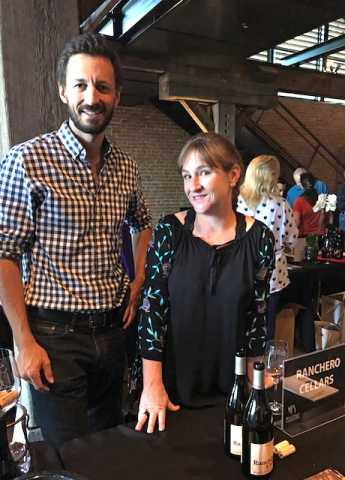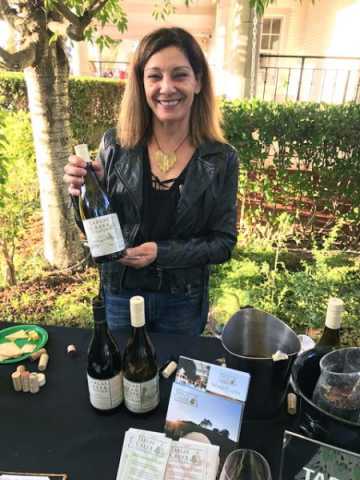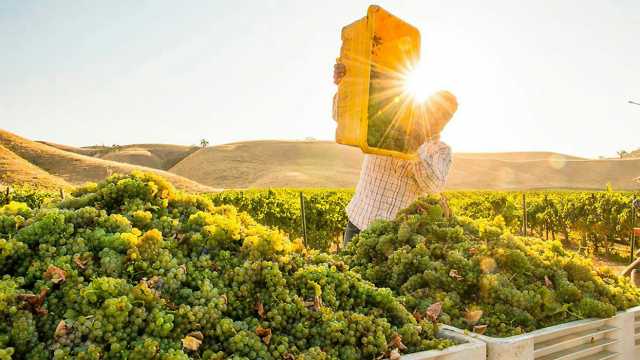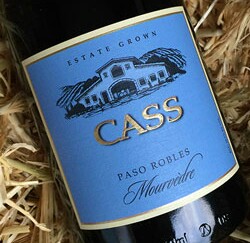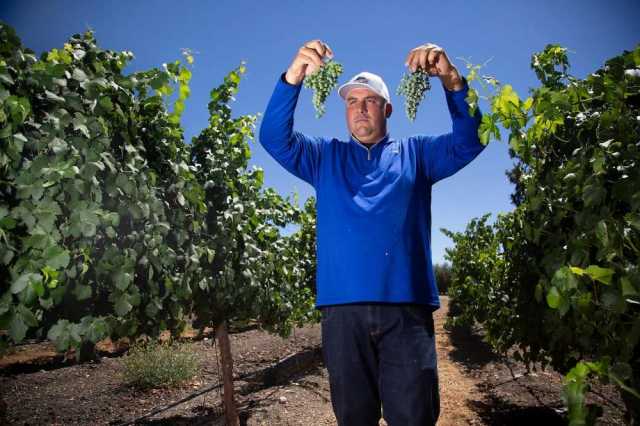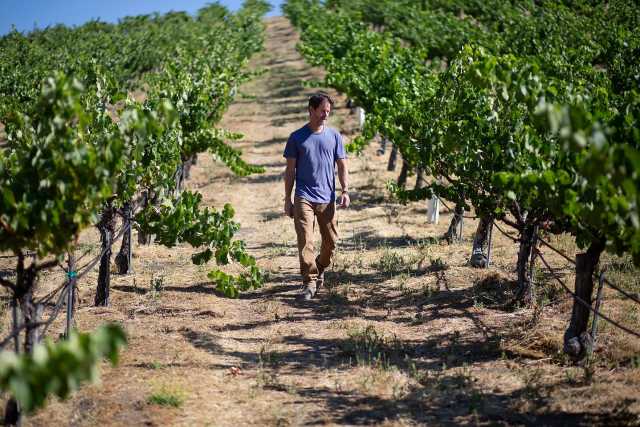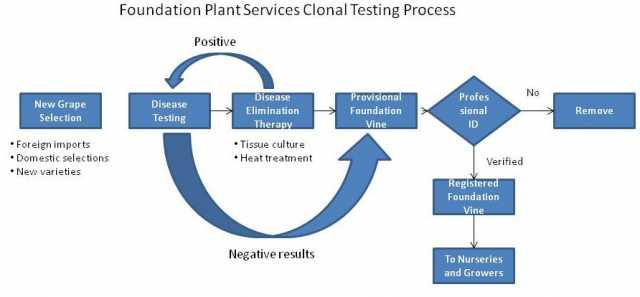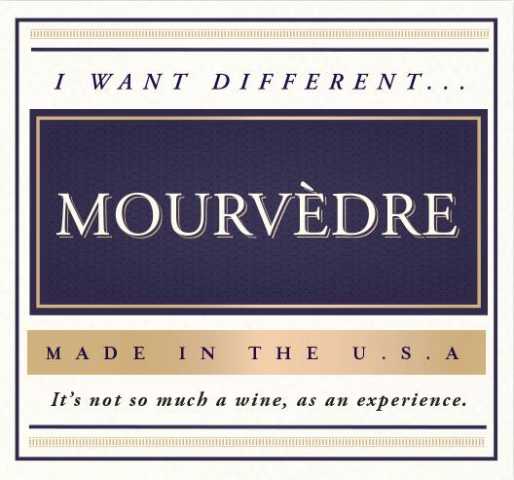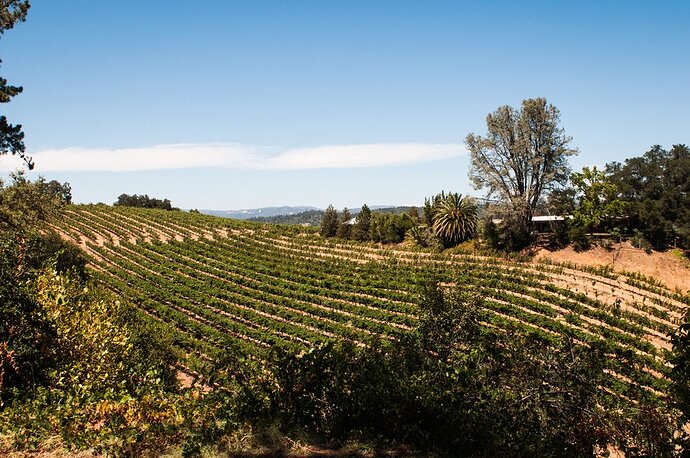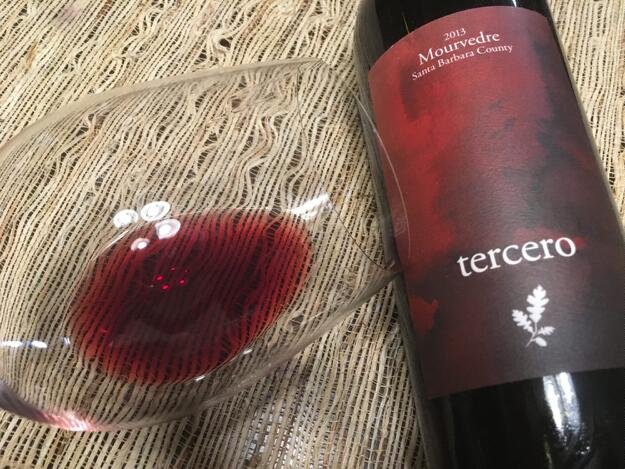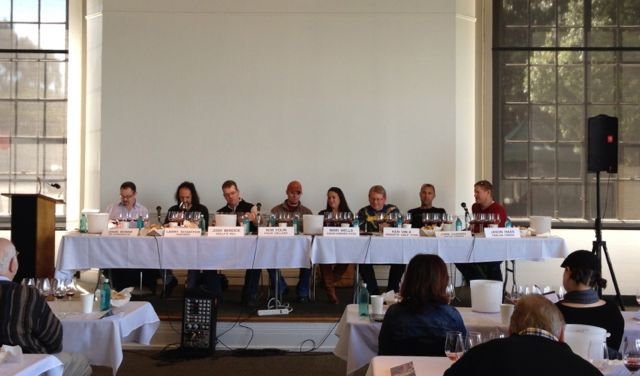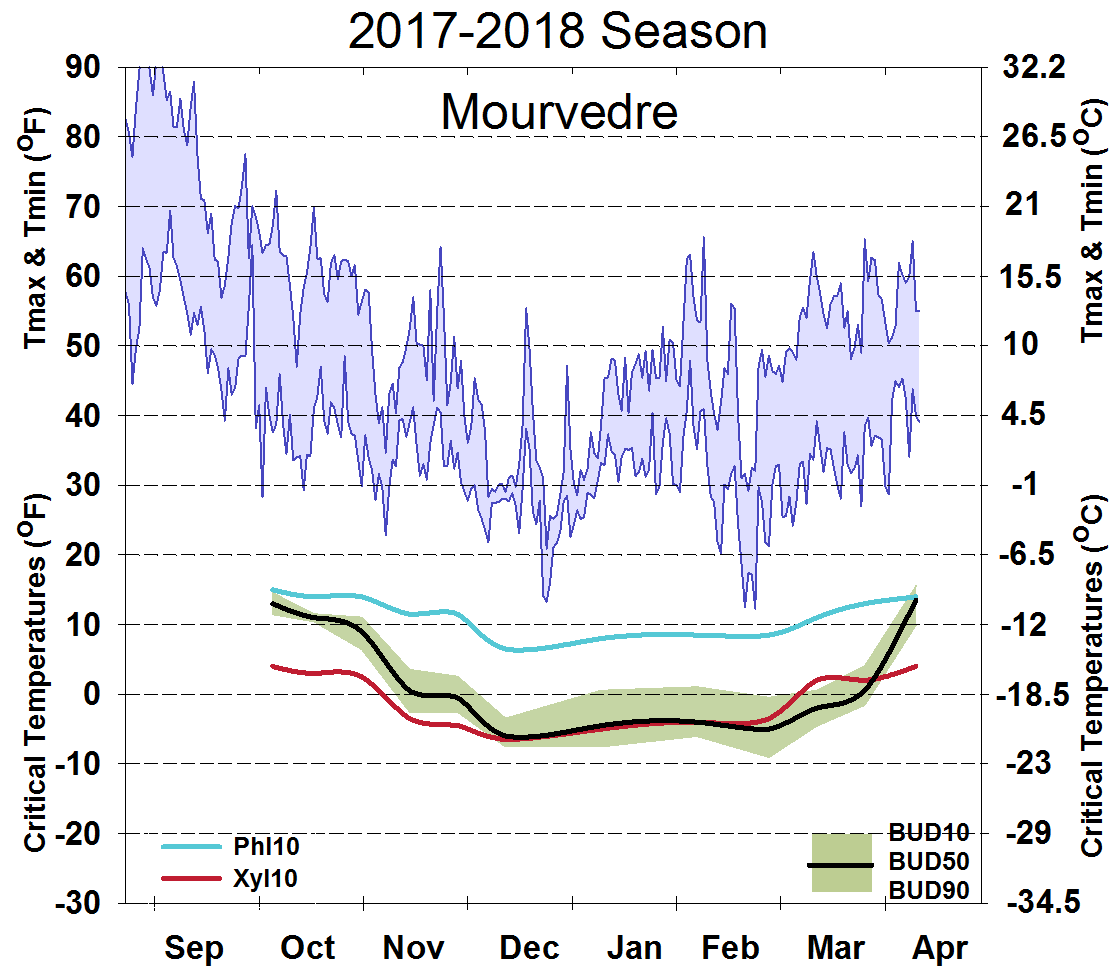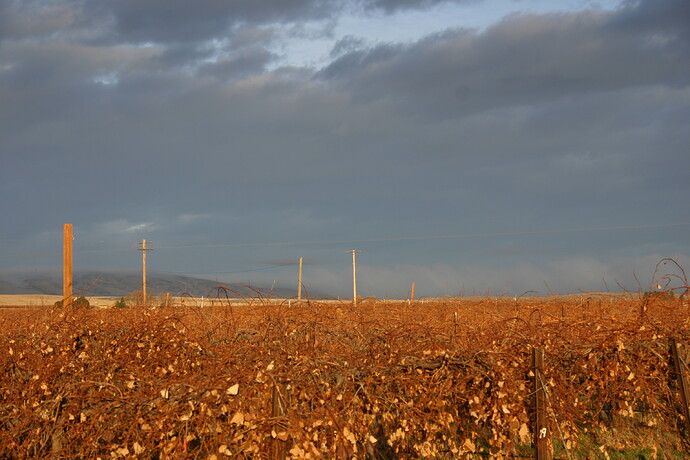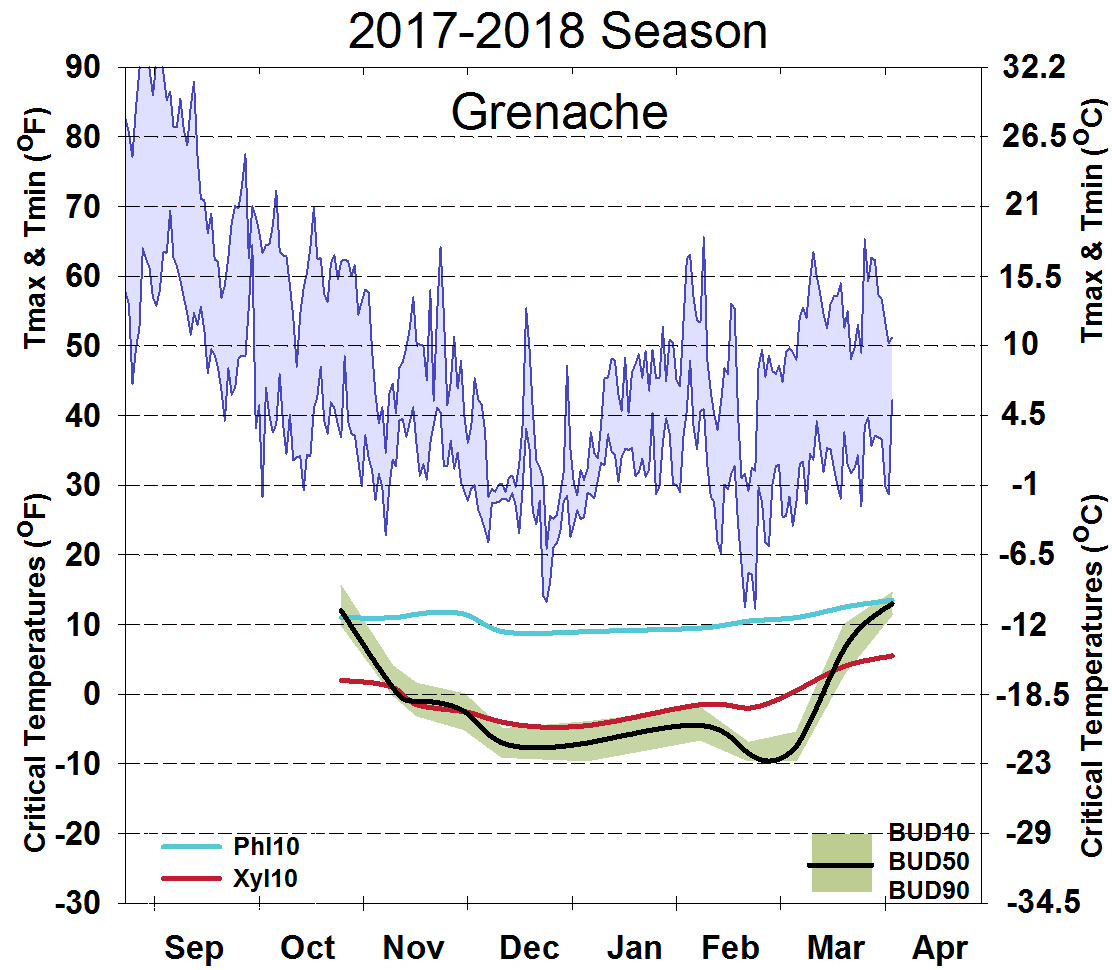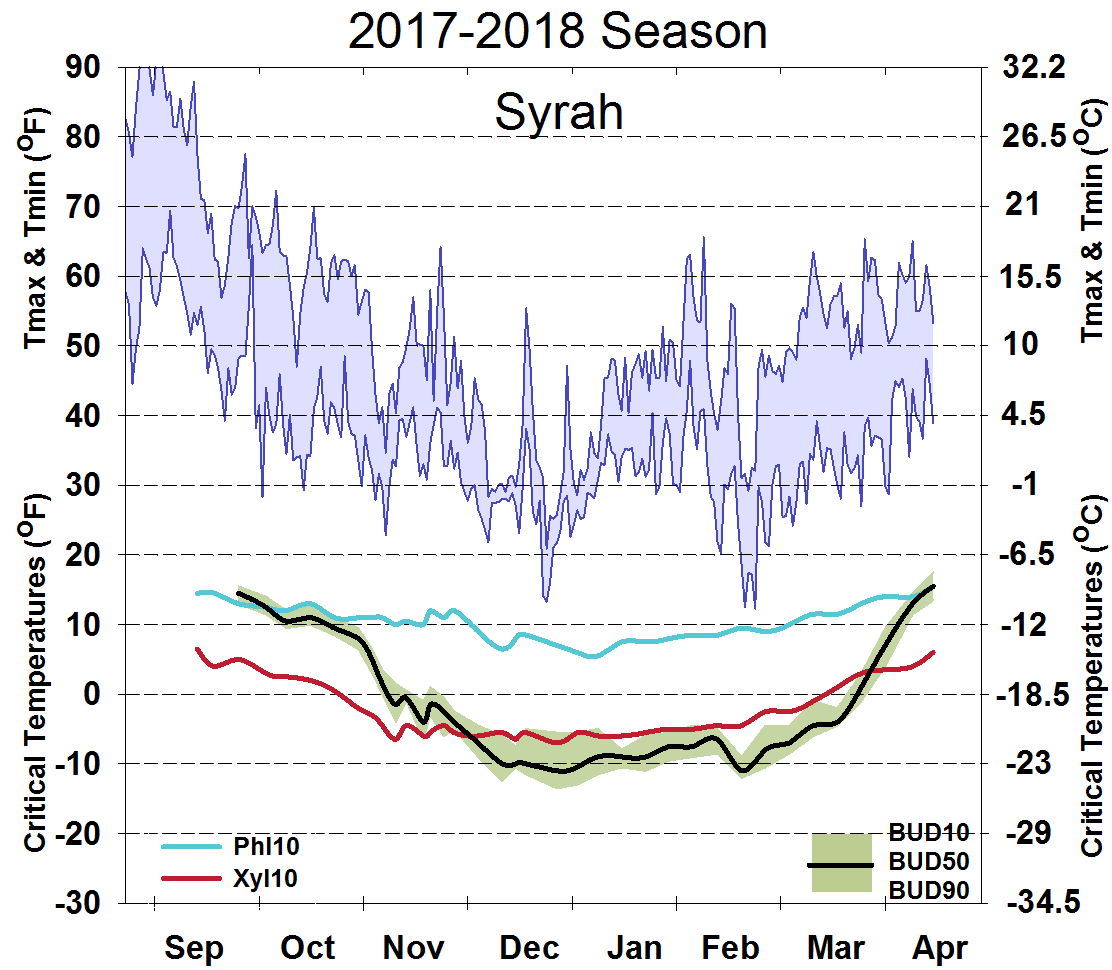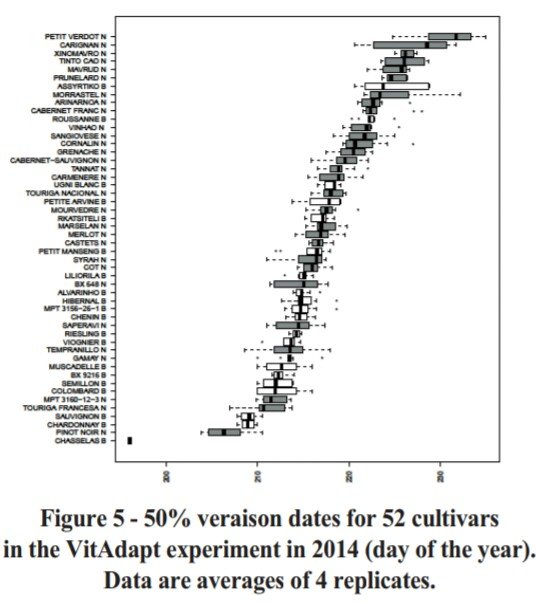Antonio Santofamia, area manager of Bodegas Hijos de Juan Gil in the Jumilla region of Spain, sent this collection of responses to my Monastrell/Mourvèdre questions.
Note: all answers were provided in Spanish & English.
• What Mourvèdre Clones/selections have you worked with, and have you observed any particular strengths or weaknesses among them?
AS: “En nuestro caso, estamos usando clones autóctonos de Jumilla, obtenidos de viñedos muy viejos, están muy aclimatados y funcionan perfectamente en nuestra tierra, tenemos nuestro propio vivero donde los reproducimos para las nuevas plantaciones. La diferencias con otros clones importados por viveros comerciales es abismal, normalmente funcionan definitivamente mucho peor.”
AS: “In our case, we are using native clones of Jumilla, obtained from very old vineyards, they are very acclimated and they work perfectly in our land, we have our own nursery where we reproduce them for the new plantations. The differences with other clones imported by commercial nurseries is abysmal, normally they work definitely much worse.”
• On average, how old are the vines you source for your Mourvèdre fruit? Have you any thoughts on whether there exist advantages of working with older vineyards vs younger ones?
AS: “Tenemos unas 750 hectáreas en propiedad en Jumilla, de ellas unas 500 hectáreas son de la variedad Monastrell, desde viñedos muy viejos de 90 años de edad a viñedos muy jóvenes plantados recientemente. La calidad de los viñedos viejos es muy superior, producen mucho menos y la concentración de la fruta es mucho mayor que las de los viñedos jóvenes, que son mucho más productivos, creemos por la experiencia, que la produccion es la única razón de la calidad si los viñedos, tanto el joven como el viejo, están situados sobre suelos de las mismas características y sometidos a una climatología similar, si conseguimos que la produccion de los viñedos jóvenes esté muy controlada, es decir seis racimos, dos por brazo, y una media que no llegue a 1 kg por cepa, obtenemos vinos de calidades realmente altas a pesar de la juventud del viñedo, el coste de esta regulación es altísimo, la ventaja de los viñedos muy viejos es que obtienen esta produccion limitada y muy equilibrada por si solos sin prácticamente intervenir en su cultivo.”
AS: _"We own about 750 hectares in Jumilla, of which about 500 hectares are of the Monastrell variety, from very old vineyards, 90 years of age, to very young vines planted recently. Of Course, the quality of the old vineyards is much higher, they produce much less and the concentration of the fruit is much higher than those of the young vineyards, which are much more productive.
"Based in our experience;
\
- If the vineyards, both the young and the old, are located on soils of the same characteristics and subjected to a similar climate, and if we get that the production of the young vineyards is very controlled, that is to say, six bunches, two per arm, and on average does not reach 1 kg per vine.
\
- We obtain wines of really high quality despite the youth of the vineyard. Therefore, even though that, the cost of this regulation is very high. we believe that a controlled production is the only reason for the quality.
\
- The advantage of the very old vineyards is that, they obtain this limited and very balanced production by themselves, without practically intervening in their cultivation."_
• What special factors in geology, climate, etc, do you find help make Mourvèdre a viable grape for your Jumilla vineyards?
AS: “Jumilla por su especial climatología, altitud y composición de sus suelos, es especialmente adecuada para el cultivo de la variedad Monastrell, sobre todo los clones autóctonos arraigados desde hace siglos en estas tierras. Lluvias muy escasas, 300 litros por metro cuadrado y año, suelos muy pobres en nutrientes y muy calizos, viñedos de secano, sin irrigación, hacen que la variedad Monastrell sea de las pocas resistentes dando además unos frutos de calidad realmente alta.”
AS: “Jumilla for its special climate, altitude and composition of its soils, is especially suitable for the cultivation of the Monastrell variety, especially the native clones rooted for centuries in these lands. Very few rains, 300 liters per square meter per year, soils very poor in nutrients and very limy, rainfed vineyards, without irrigation, make the Monastrell variety one of the few to be resistant, giving also fruits of really high quality.”
• What thoughts do you have regarding the relationship between Grenache, Syrah, and Mourvèdre; what makes these three varieties so complementary?
AS: “Es una buena pregunta, quizás un poco complicada de responder para mi, pero hablaré según mi experiencia en Jumilla, entiendo que en otras zonas sería diferente. Los vinos GSM tienen un algo que a mi me apasiona, facilidad en la cata, son vinos amables en boca con mucho recorrido y un largo y amable final, la Syrah aporta mucha fruta y notas florales de las que carecen las otras dos variedades, además de una acidez viva que aporta una gran durabilidad a la mezcla, la garnacha da una entrada de boca muy aterciopelada y se complementa perfectamente con la variedad Monastrell, dando unos toques de frutas rojas tanto en nariz como en boca, el conjunto es complejo y potente, sin duda son tres variedades en donde si se coupagean adecuadamente la suma de las partes da mucho más que cada una por separado.”
AS: “It is a good question, perhaps a bit complicated to answer for me, but I will speak according to my experience in Jumilla, I understand that in other areas it would be different. GSM wines have something that I love, easy drinking, they are pleasant wines in the mouth with lasting flavors and a long and gentle finish. The Syrah brings a lot of fruit and floral notes that the other two varieties lack, additionally a live acidity that brings a great durability to the mixture. The grenache gives a very velvety mouthfeel and it perfectly complements with the Monastrell variety, giving, a touch of red fruits, on both nose and mouth. The ensemble is complex and powerful, undoubtedly there are three varieties where, if they are properly combined, the sum of the parts gives much more than each one separately.”
• Why do you think so many winegrowers have had success growing Grenache and Syrah, whereas Mourvèdre often has proven more challenging in getting mature fruit?
AS: “La variedad Monastrell solo se comporta bien en suelos pobres, a una altitud adecuada, los excesos de produccion con clones a su vez productivos producen uvas difíciles de madurar. Se trata de que el viñedo este adecuadamente ubicado, con clones adecuados y su cultivo muy regulado, no todas las variedades se pueden plantar en todos los sitios. Hay que elegir adecuadamente. La variedad monastrell es muy noble, pero si no se le trata adecuadamente puede convertirse en una variedad demasiado salvaje.”
AS: “The Monastrell variety only behaves well in poor soils, at an adequate altitude. The excess production, with productive clones, produce grapes that are difficult to mature. It is about that, the vineyard is properly located, with adequate clones and its cultivation is highly regulated, not all varieties can be planted in all sites. You have to choose properly. The Monastrell variety is very noble, but if it is not treated properly, it can become too wild of a variety.”
• What special considerations do you think are necessary to produce a varietal (or Mourvèdre-dominant) wine in the winemaking process?
AS: “Como siempre en estos casos, para cualquier variedad de que se trate, lo más importante es conseguir cuidar el viñedo para obtener uva sana, con una maduración optima y de mucha calidad, es importante realizar una vinificación respetuosa con la fruta para no estropearla en el proceso, si consigues todo esto, obtienes un vino realmente grande y de una personalidad muy acentuada, vinos que por su tanino dulce y su facilidad en la cata, gusta a todo el mundo en cualquier parte del mundo, incluso a los consumidores más profanos.”
AS: “As always in these cases, for any variety in question, the most important thing is to take care of the vineyard to obtain healthy grapes, with an optimal maturation and high quality. It is important to make a respectful winemaking with the fruit so as not to spoil it in the process. If you get all this, you get a really great wine and a very accentuated personality. Wines that, for their sweet tannins and their easy drinking, are liked and enjoyed by everyone in any part of the world, even the most profane consumers.”
Bodegas Hijos de Juan Gil website: https://bodegasjuangil.com/en/
Juan Gil wines available for purchase in the United States: Juan Gil - producer information
